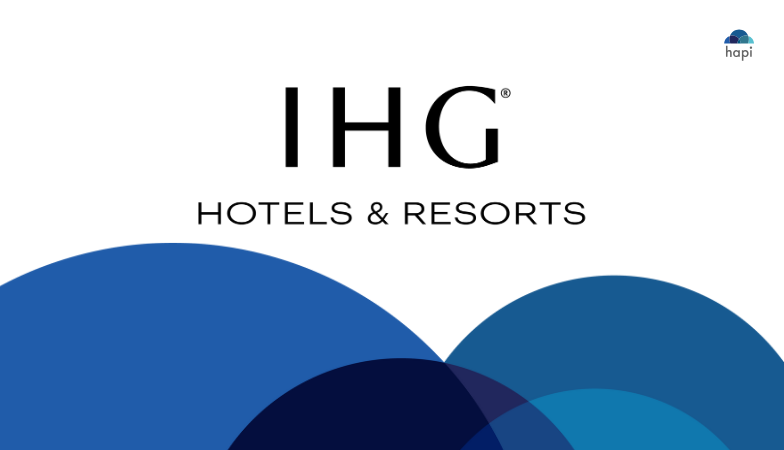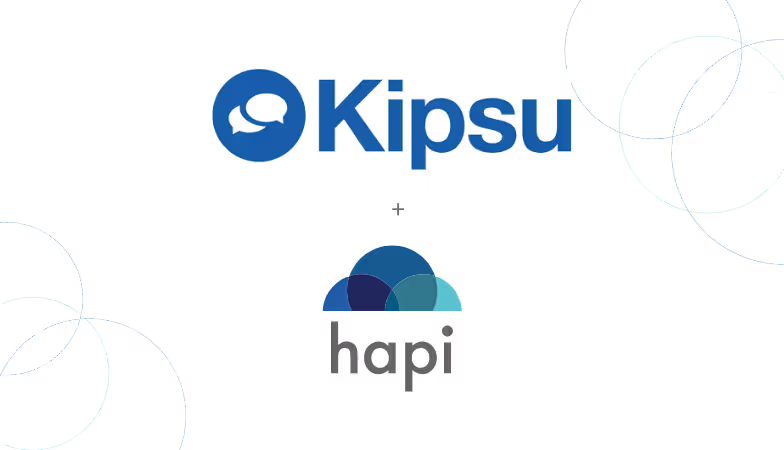A lack of enterprise visibility is costing hotels loyalty and revenue
Hotel brands are currently struggling in the battle for guest loyalty, not because of poor service, but because of poor data visibility. Guests expect the same seamless, personalized experiences they receive from Amazon or Uber, yet most hotels aren’t able to consistently deliver this level of service due to lack of data visibility across their portfolios.
The problem stems from a structural data challenge. A single property may run 20 or more systems, from PMS and POS to booking engines, loyalty platforms and CRMs—and few of them connect. Multiply that across a portfolio and the complexity compounds even further. Tech stacks vary from property to property, shifting as new tools are implemented or acquisitions are made. One tech change can introduce additional fragmentation, particularly given that most platforms are still dependent on brittle, one-off integrations.
These disconnected systems are one of the biggest barriers for hoteliers, according to the Future of Hotel Data report, which further revealed that nearly half of hoteliers struggle to access their own data. Until hotels resolve these tech stack challenges, the visibility gap will persist, limiting their ability to deliver personalization and consistency at scale.
Without data visibility that creates a clear narrative, brands are unable to offer real-time communication, relevant stay recommendations, upsell suggestions or consistent experiences. This leads to lost revenue and a widening competitive edge for OTAs.
Why personalization stays trapped at the property level
Personalization has become the holy grail of hospitality, but it can’t be achieved when data remains trapped at the property level. True personalization requires a view at the enterprise level that combines past and future booking data into a single, accessible view.
Consider a loyalty member checking into a downtown Chicago property they frequent. The front desk recognizes their VIP status and provides an upgrade. Unfortunately, this guest stayed at the same brand’s airport location twice last month and didn’t receive any perks. Without enterprise data visibility, each property treats them as a first-time guest—or worse, a stranger.
The hidden cost of disconnected systems
Imagine surfacing a unified guest profile to the front desk and other guest-facing teams, complete with preferences, behaviors and even a photo of VIP guests so staff know exactly who to look for. Brands could collect pre-stay preferences and store them in the CRM, not only to personalize arrival communications, but also recommend other properties across the portfolio. This is how data can turn a stay into a memorable, unique experience that drives loyalty. But consistent, enterprise-wide data is needed to make it happen.
Fragmented systems stand in the way and waste resources for hospitality’s most valuable asset: staff. With ongoing labor challenges, property teams are already stretched thin, often needing to balance administrative work with guest service. Having centralized data visibility could ease this pressure.
Some hotel groups are now using hybrid service models that blend franchise independence with centralized shared services. For example, corporate call centers that handle guest communications across properties reduce property labor demands, freeing staff to focus on high-value guest service, while ensuring interactions align with brand standards and generate actionable insights.
How fragmentation undermines guest confidence
The enterprise visibility gap is not just inconvenient, it’s expensive. A Medallia survey found that 61% of consumers will spend more on personalized experiences, yet only 23% of hotel guests report receiving meaningful customization. This gap represents millions in missed revenue across major hotel portfolios.
That same Chicago guest’s experience doesn’t just reflect a one-off service miss. The same loyalty member who books multiple stays within the same brand may find that the level of service varies widely from property to property. At the Chicago property, they might receive a complimentary upgrade and a room on their preferred floor, while even another high-end property in Miami treats them as a stranger—no recognition, no continuity. This inconsistency erodes trust: guests stop believing the brand values their loyalty and could lead to the guest opting to stay with a different brand during their next stay.
When inconsistency breaks the brand promise
As trust erodes, so does loyalty. Guests who cannot rely on consistent recognition across properties will disengage from loyalty programs altogether. Without enterprise data visibility, brands risk becoming commoditized inventory providers, competing on price and the on-property experience, while OTAs own the customer relationship.
OTAs have already taken advantage of their scale, aggregated content and marketing budgets. Without addressing data visibility, hotels cannot reclaim loyalty or compete for the relationship.
The price of inaction
The cost of inaction is steep. Missed personalization opportunities, fragmented service delivery, and wasted staff resources all translate into significant revenue loss. Amadeus found that 85% of hoteliers believe personalization could drive at least a 5% revenue increase, but only if supported by integrated systems.
This isn’t just about inconsistent guest experiences. Without enterprise visibility, every blind spot becomes a revenue leak.
The path forward: Turning visibility into growth
The enterprise data visibility gap isn’t just a technical problem; it’s also a blind spot that’s costing hotels loyalty. When brands unify guest data and still allow for flexible operations, they can deliver the personalized, seamless service that resonates with today’s guests.
However, this shift requires more than just new technology. It requires alignment from corporate, franchise and property teams to collaborate around shared guest insights. For brands willing to make this commitment, they’ll be able to turn every guest interaction into an opportunity to deepen loyalty, drive direct bookings and compete on value rather than price.
Hotels that embrace enterprise-wide data visibility will lead the next era of hospitality, turning loyalty into lasting revenue growth. Those that don’t risk being left behind.
Luis Segredo is founder/CEO of Hapi, with 30+ years in hotel technology. Before founding Hapi, he held leadership roles at Amadeus Hospitality and Newmarket International.

Simplify the complex hotel tech landscape
Looking to make the most of your data or better connect systems?









.svg)
.svg)







.svg)














.svg)


